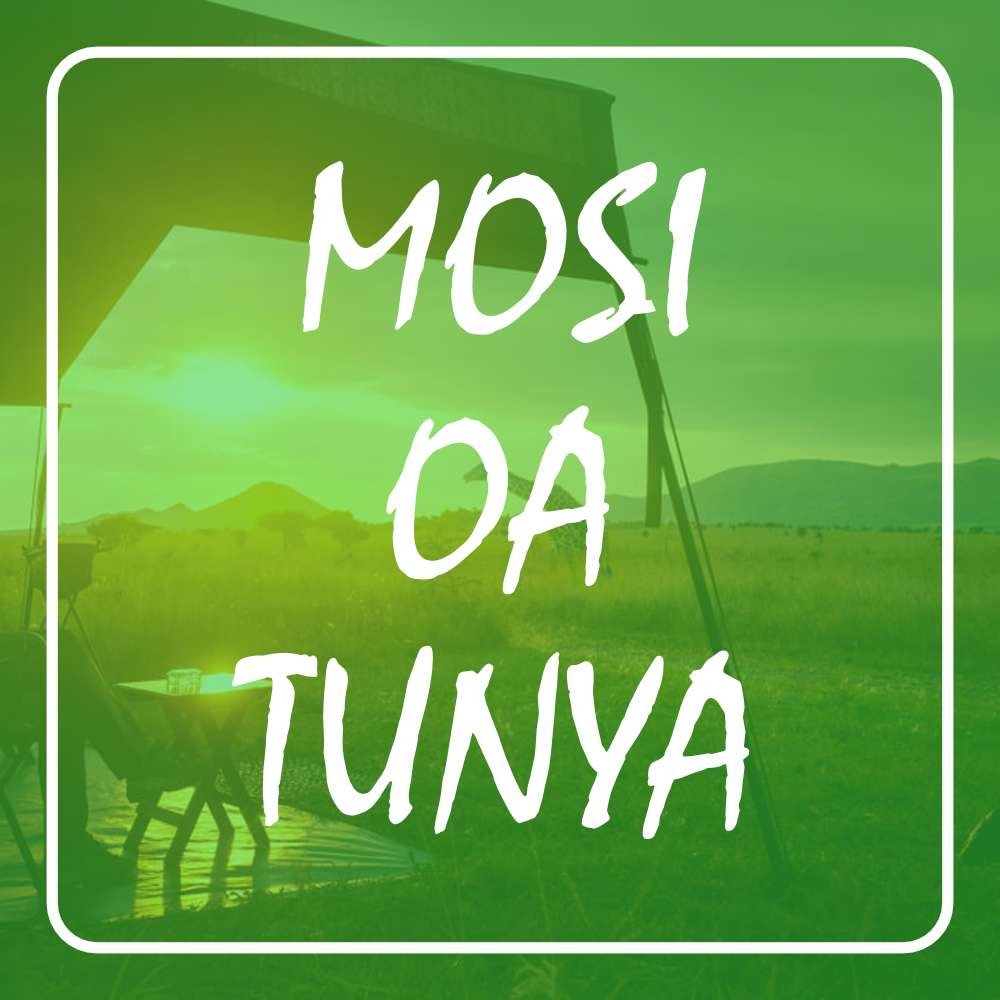Kafue National Park
- Governing Body: Department of National Parks and Wildlife, African Parks
- Coordinates: 15°46′S 25°55′E
- Type: National Park
- Area: 22400km2
- Province(s): Central, North Western, Southern
- Countries: Zambia
Share:
General Information
Kafue National Park is the largest and oldest national park in Zambia. It gets it’s name from the Kafue river and floodplains that flow through the park. The park has such a large surface area that it spans three provinces and a good percentage of it remains largely unexplored with vast tracts of its virgin bush are still untouched.
The Park was founded in the 1950s and is currently managed by the Zambia Wildlife Association (ZAWA).
The Traditional land owners of the area are the Nkoya people.
Infrastructure & Accessibility
The Park has a settlement in the south known as Ngoma where over 200 Zawa officers and their families stay including schools and an Information Centre on the wildlife that can be found in the park. Roads also connect the North to the southern side of the park including the Itezhi-Tezhi Hydro electric dam.
The Park can be reached by road from multiple directions and via Air on several air strips such as in Ngoma, Chunga, and Lufupa.
Habitat, Flora and Climate
The dominant vegetation type of the Kafue is called ‘Miombo’ which is typified by a semi-deciduous woodland comprising a number of three dominant genera of tree (Brachystegia, Julbernadia and Isoberlina), interspersed with seasonally flooded areas, often adjoining the main rivers and tributaries, locally called ‘Dambos’. These Dambos are a huge feature of the Kafue with most holding water well into the dryer months, creating lush fodder and a hive of activity for the grazers.
The main tributaries to the Kafue river in this park are the Lufupa and Lunga rivers in the north, the Luansanza (or Lwansanza) in the center and the Musa in the south.
Mean annual rainfall varies from 510 millimetres in the south to more than 1,020 millimetres in the north. The annual mean temperature is 21 °C, with a mean maximum from 26 °C in July to 33 °C in October, the hottest month of the year. Winds are mostly light, blowing from the east.
Wildlife
The Kafue National Park is one of the largest parks in Africa and is home to over 158 mammal species, of which 21 are antelope, 515 bird species, 70 reptile species, 58 species of fish and 36 amphibious species.
The park is regarded by those who know it as one of the best places in Africa to find leopard. In certain areas and at certain times of year these secretive and elusive predators are frequently seen, especially on night-drives which are allowed in the Kafue national park and even from afternoon boat cruises along the Kafue river in the hotter months when leopard come down to drink.
Birdlife
The Kafue national park is a birders paradise with over 500 recorded bird species too numerous to mention including Zambia’s endemic species, the Chaplin’s Barbet.
Fish
Commercially important fish species in the area are Sarotherodon macrochir, Tilapia andersonii, T. rendalli, T. sparrmanii, Clarias gariepinus, Marcusenius macrolepidotus, Labeo molybdinus and Hepsetus odoe. In 1992 kapenta (Limnothrissa miodon) from Lake Tanganyika was introduced into Lake Itezhi-tezhi.
Reptiles & Amphibians
The park hosts large numbers of monitor lizards and Nile crocodiles including smaller reptiles and amphibians with many endemic to the area.
Accommodation Type(s)
Lodge(s), Camping, Guest House(s), Backpacker(s)Activities
Bird watching tour, Boat Cruise, Canoeing, Game Drives, Fishing, Safari Tour, Guided TourNo donation to this project yet.
| M | T | W | T | F | S | S |
|---|---|---|---|---|---|---|
| 1 | 2 | 3 | 4 | 5 | ||
| 6 | 7 | 8 | 9 | 10 | 11 | 12 |
| 13 | 14 | 15 | 16 | 17 | 18 | 19 |
| 20 | 21 | 22 | 23 | 24 | 25 | 26 |
| 27 | 28 | 29 | 30 | 31 | ||










